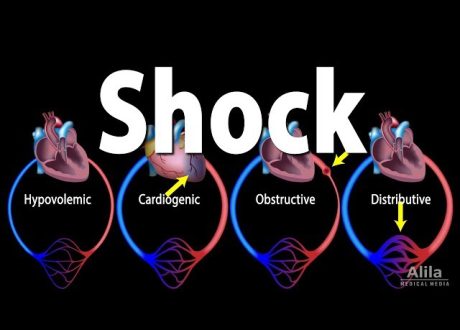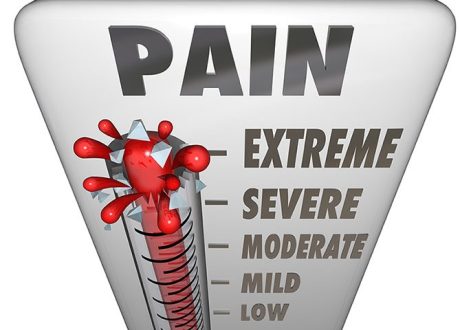Abstract
Objective
To identify the incidence of acute traumatic coagulopathy (ATC) in trauma patients presenting to the Royal Adelaide Hospital, analyse prehospital contributors, including red blood cell transfusion and assess the clinical significance of ATC.
Methods
A retrospective database review was undertaken using conventional coagulation assays and viscoelastic testing (ROTEM) for diagnosis of ATC.
Results
Baseline ATC incidence is 10% in trauma patients, increasing to over 80% among those where the prehospital team has attended and given a transfusion of red cells. ATC was significantly associated with higher severity of trauma (odds ratio [OR] 1.11, P < 0.0001), prehospital (OR 11.8, P < 0.0001) and in‐hospital blood transfusions (OR 17.9, P < 0.0001), and massive transfusions (P < 0.001).
Conclusions
Prehospital blood transfusions are given to the most severely injured trauma patients and the incidence of ATC in this group is more than 80%. There is an association with prehospital blood transfusion and increased ATC in part related to patient selection and severity of trauma, with the contribution of red cell transfusions to ATC unclear. This association should allow earlier identification of patients at increased risk of ATC to ensure rapid correction of coagulopathy to decrease the morbidity and mortality of trauma.










